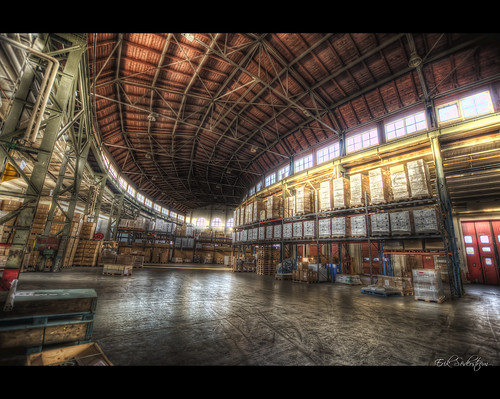The sluggishness of the world economy has done few
favors for the wholesale industry. Between countries on the continent
struggling to absolve their debt crises and the perpetual specter of a double
dip recession in America, it’s no wonder that the wholesale industry has been
struggling all over the globe. So many consumers and businesses depend on
wholesale goods for any number of reasons; food, construction supplies, raw
materials, manufacturing goods—the list goes on. The volatility of today’s
market has thrown regular inventory rates and prices into a veritable disarray,
making it hard for wholesalers and buyers to come up with any solid long term
business plan.
Let’s take a look at some of the current events that
have influenced wholesale production, costs, and management over the past few
months.
Fluctuating Inventory Stockpile
For one, the slowing and uncertain worldwide economy
has had a great influence over the buying and stockpiling habits of many
wholesalers. A recent article in The
Washington Post explains that wholesalers had only slightly increased
their stockpiles in recent months, the principal reason being the uncertain
economic climate. Specifically, the article states that wholesale stockpiles in
the US increased by only 0.3% in March, at a fraction of the rate a month
before. The reason has all to do with the overall perception of the country’s
economic growth: wholesalers purchased more stockpiles in the beginning of the
years when employment numbers were higher and the economy looked as if it were
well on the road to recovery.
But if there’s any takeaway from the current
economic slump, it’s that nothing is certain. The recent months in the US
economy have shown little sign of huge growth in areas of job growth, causing
many wholesalers to hedge their bets and stock their inventories a little less.
Variable Wholesale Prices
Pricing amid wholesalers in various industries have
fluctuated in the face of uncertain economic times. In the UK, The
Financial Times reports higher wholesale prices in the energy industry
which will translate to higher gas prices for consumers. The move, announced by
UK energy giant Centrica, is part of a growing trend in higher gas prices in
the country. And yet while the UK wholesale gas market is experiencing a price
increase, many wholesalers across the pond are enjoying a general decrease in
their prices. The publication USA
Today reports that wholesale prices in the US have enjoyed a recent (if
slight decline). The reason for the overall price decline is complex, but most
analysts point to the gradual decrease in gas and energy prices in the US for
at least the past month. With lower gas prices, wholesalers spend less on
transporting and storing goods, which results in a better product price for
consumers.
What’s
your take on the current wholesale industry?
Clearly things could be worse for wholesalers, but
the shaky economy is making any makeable growth and expansion difficult for
most players in the industry. For those directly in the industry, what is your
take on the prospects of wholesaling in the current economic era? Let me know
in the comments!
This is a guest post by Eliza Morgan who is a full time blogger. She specializes in writing about business credit cards.
This is a guest post by Eliza Morgan who is a full time blogger. She specializes in writing about business credit cards.



 wholesale supplies
wholesale supplies
